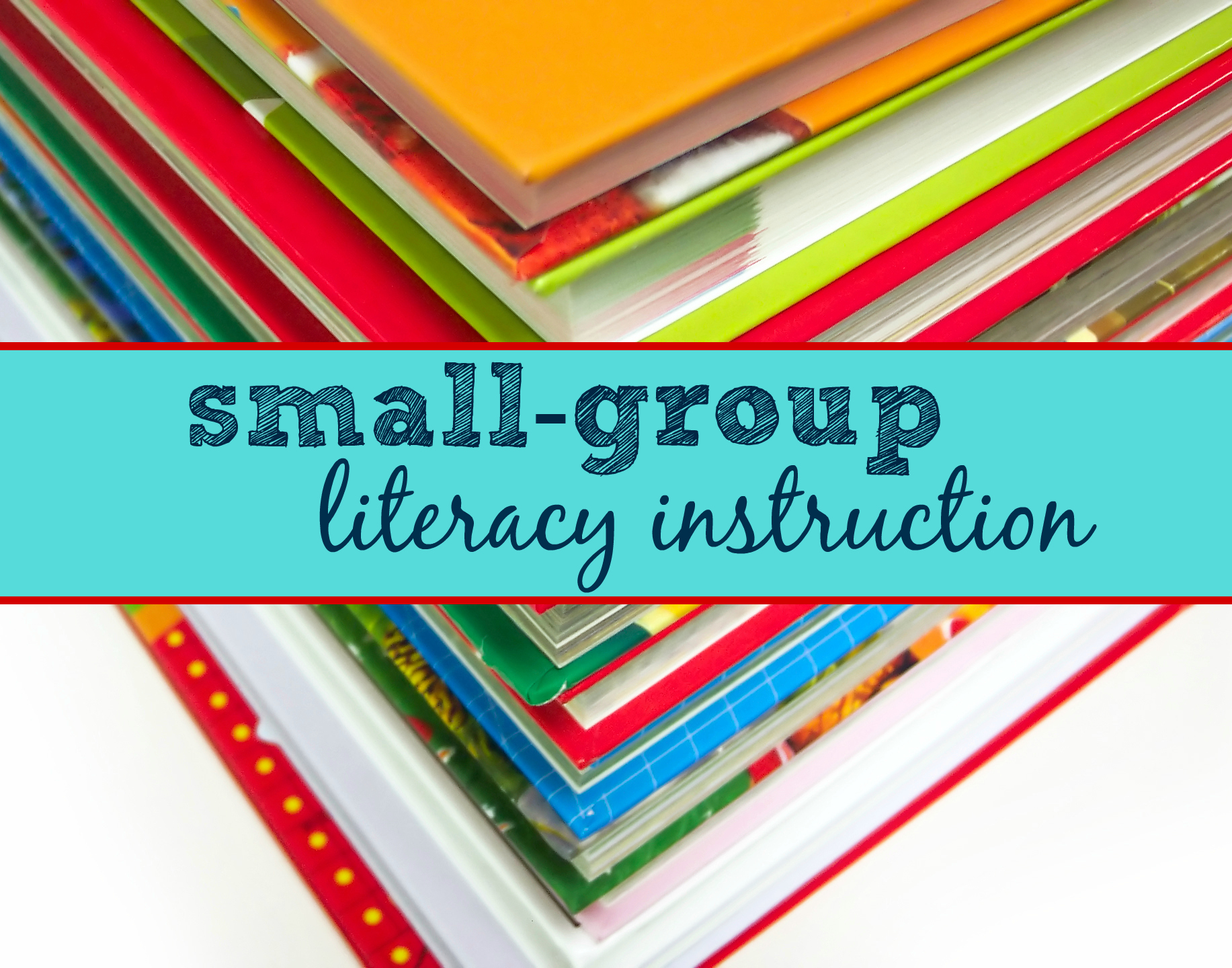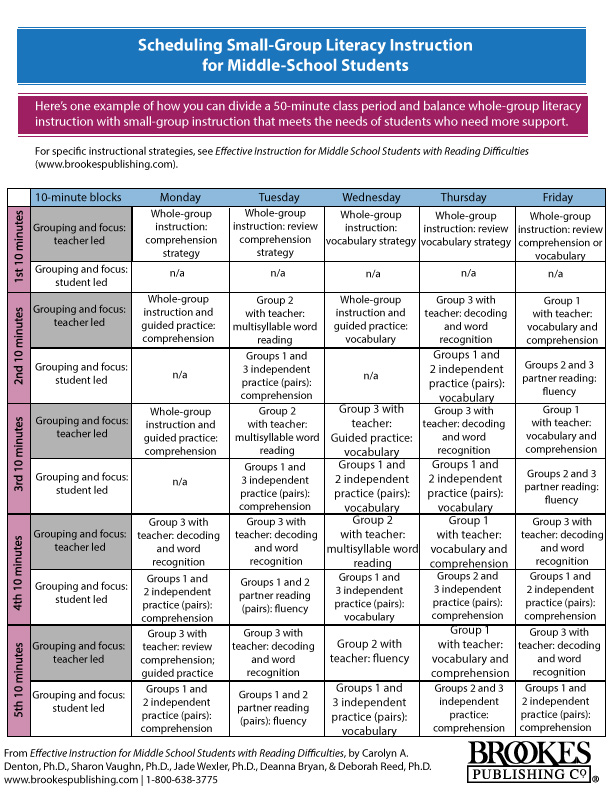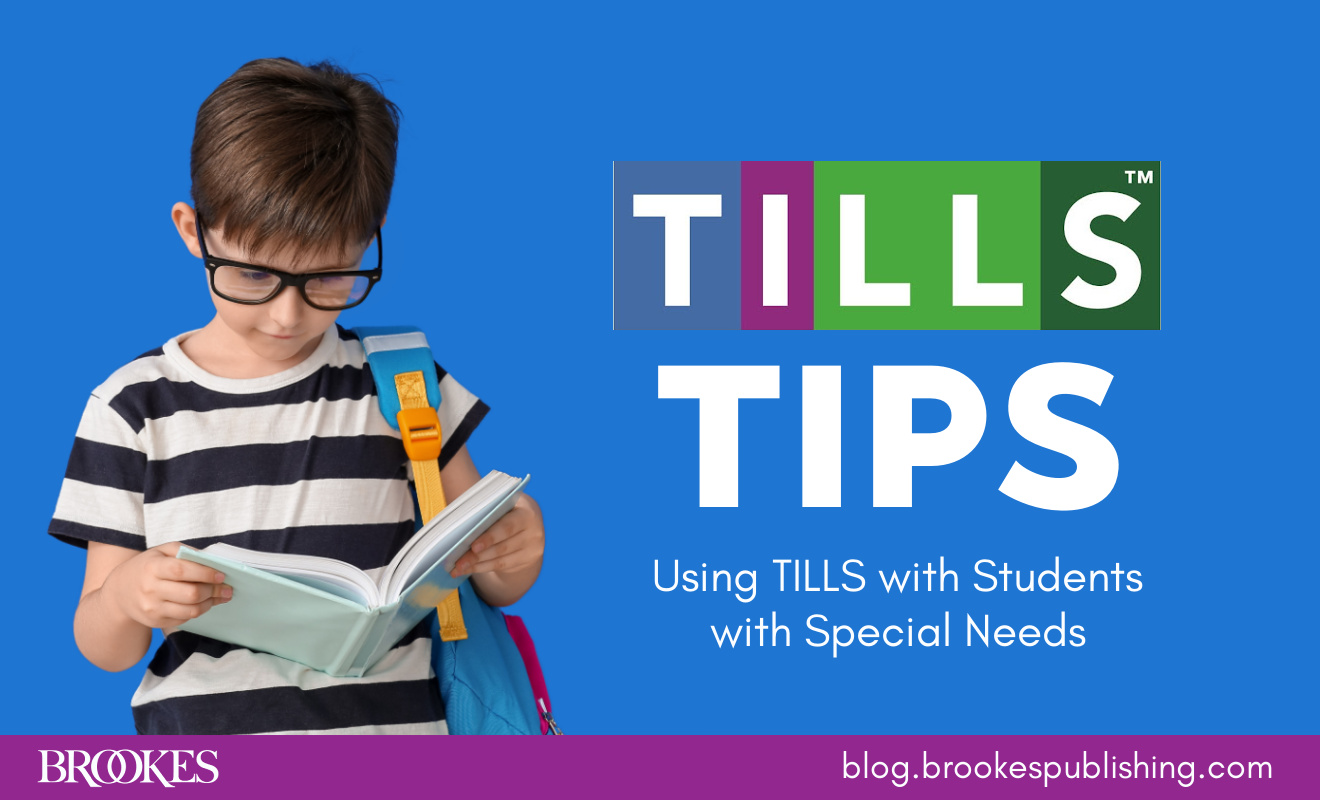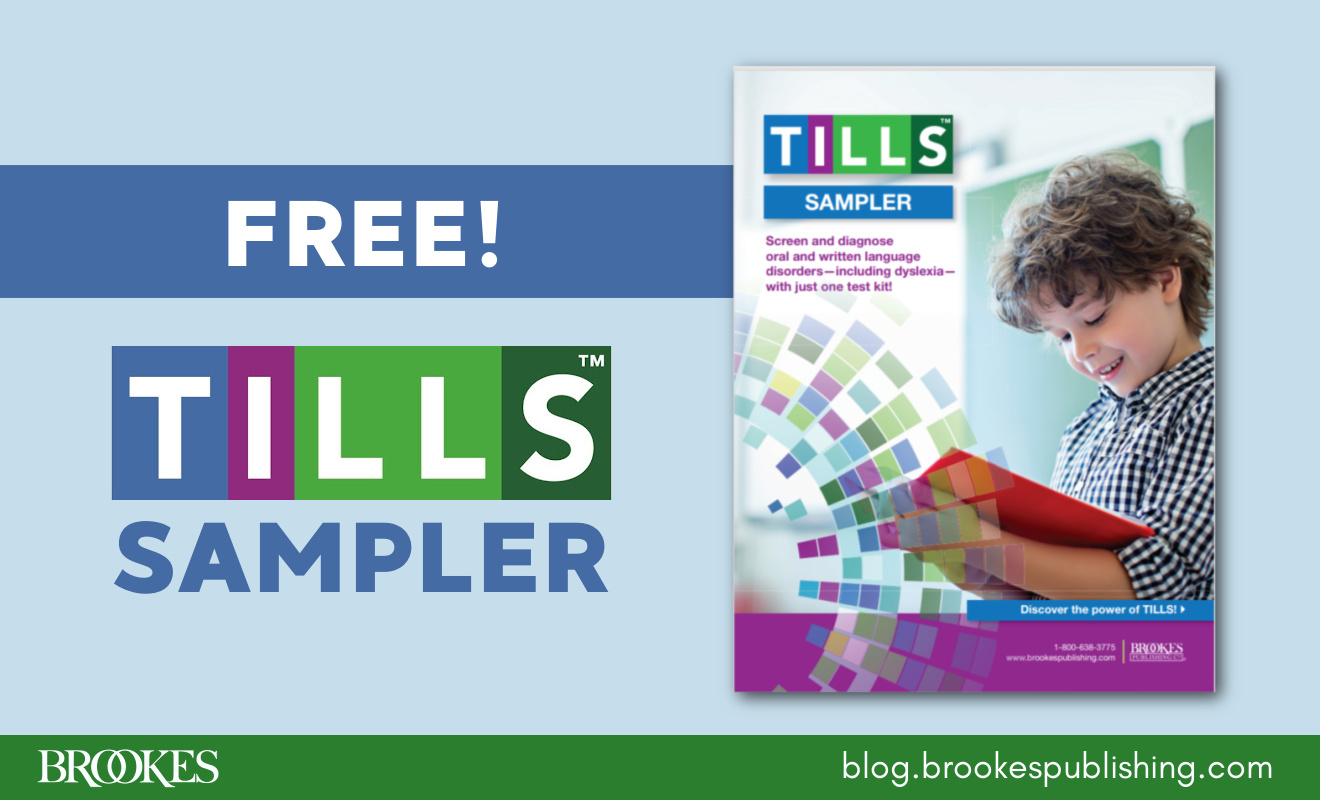Inclusion QuickTips: Scheduling Small-Group Literacy Instruction
June 11, 2015
Inclusive middle school literacy teachers
Deliver literacy instruction that meets the needs of all learners—in one 50-minute class period.
Say you’ve done the groundwork already. You’re up to your ears in reading assessment data, and you have a solid handle on what kind of support each of your students might need to become a successful reader.
You know small groups are the best way to meet all these diverse needs and differentiate instruction. But you’ve got 50 minutes and 30 students. How do you make small-group reading classes work?
If one of your goals for next school year is implementing small-group reading instruction (or trying out a new approach to it), today’s Inclusion QuickTip download is for you. It’s a handy schedule that shows you how to divide a 50-minute class period into manageable chunks of learning time that benefit all learners, including those with reading difficulties. You’ll see how to break your class period into five 10-minute blocks and build in time for everything you need to teach, including vocabulary, fluency, comprehension, and word recognition.
What do you think—will you try it? If you do, here are 5 good tips for ensuring that your small-group instruction effectively meets all students’ needs. (These are adapted from Effective Instruction for Middle School Students with Reading Difficulties.)
- Introduce it a little at a time. If you haven’t worked with a schedule like this before, the thought of switching over to small-group instruction might seem overwhelming. But it doesn’t have to be an “all at once” proposition. Start by working with your small groups only one or two days a week. Then, as you and your students get more comfortable, add more small-group lessons.
- Balance direct instruction with practice time. Your students need direct instruction to learn new reading skills, but practice time is just as important. To help them build fluency and apply and retain new vocabulary and comprehension skills, give them plenty of opportunities to practice reading, either independently or in pairs.
- Steer clear of “busy work.” Studies show that by middle school, some struggling readers have fallen years behind their peers. In the race to catch them up, there’s not a minute to waste. When you’re working with one group, avoid assigning simple seatwork designed to keep your other students occupied–make sure every task you assign the other groups will get them actively engaged in practicing and reinforcing their new skills.
- Set specific expectations for group time. For small-group instruction to work, students need to know how to work without your supervision while you teach and assist other students. Explicitly teaching kids what you want them to do when you’re not directly supervising them is the best way to keep your classroom running smoothly. Teach them specific strategies for situations like working in pairs, staying on task, and handing in completed assignments, and give them opportunities to practice.
- Change up your groups. Small groups shouldn’t be set in stone. Monitor your students’ progress regularly, and change your groupings as often as you need to so students are always matched with instruction that meets their needs.
 Want specific instructional strategies for each area on the sample small-group schedule? See Effective Instruction for Middle School Students with Reading Difficulties.)
Want specific instructional strategies for each area on the sample small-group schedule? See Effective Instruction for Middle School Students with Reading Difficulties.)






Write a Comment
Your email address will not be published. Required fields are marked *
Post a Comment